Surf Fishing on California Beaches: What to Bring
California’s 840 miles of coastline offer some of the most spectacular surf fishing opportunities in the world. From the rugged northern shores to the sun-drenched beaches of Southern California, anglers can target a variety of species while enjoying breathtaking ocean views.
Whether you’re a seasoned fisherman or a curious beginner, proper preparation is key to a successful and enjoyable surf fishing experience. This comprehensive guide will help you assemble everything you need for your next coastal fishing adventure in the Golden State.
Understanding California Surf Fishing
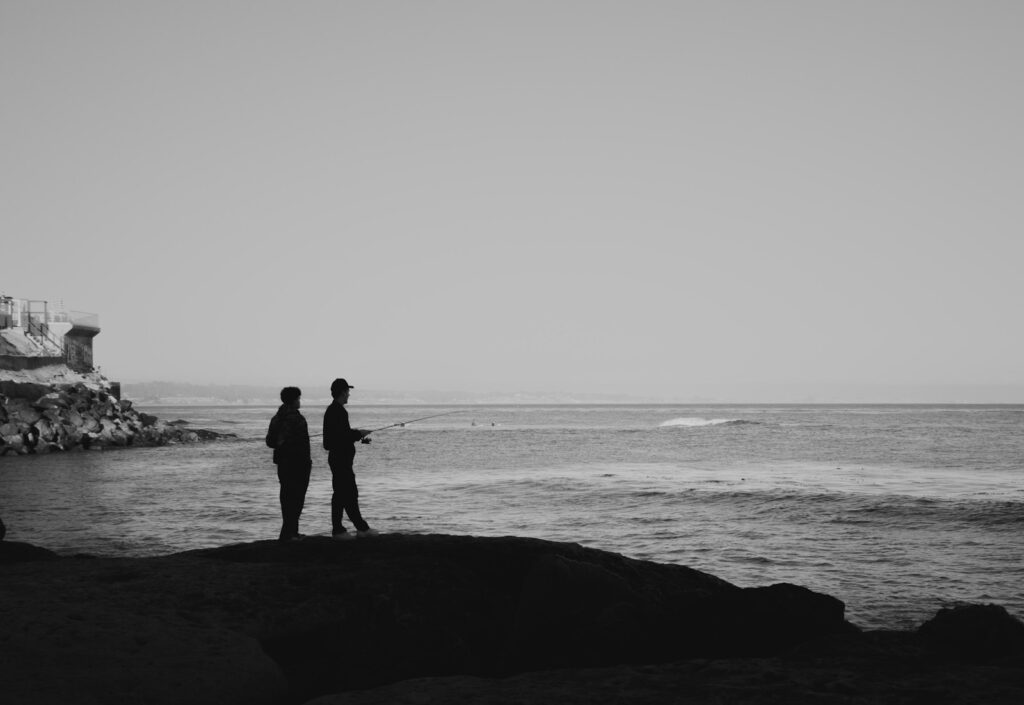
Surf fishing in California involves casting your line from the beach into the surf zone, where many fish species feed on the abundant food stirred up by breaking waves. This accessible form of fishing doesn’t require a boat, making it an affordable and straightforward way to catch dinner while enjoying California’s famous beaches. The Pacific Ocean’s dynamic ecosystem supports a diverse fishery, with species like perch, corbina, croaker, halibut, and striped bass regularly caught from shore.
Understanding the basics of surf fishing will help you select the right gear and maximize your chances of success in this unique fishing environment.
Essential Fishing Tackle
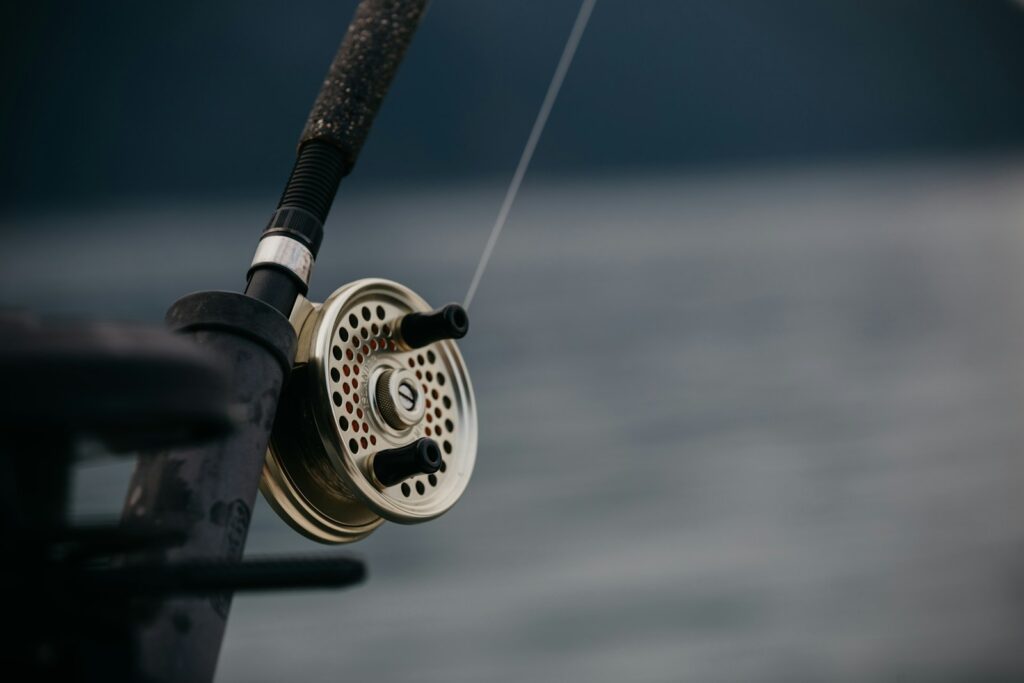
The foundation of your surf fishing setup begins with the right rod and reel combination. For California beaches, a medium to heavy 9-12 foot rod paired with a reliable spinning reel is ideal for casting through strong winds and surf. Look for rods specifically designed for surf fishing, as they provide the necessary length and strength to cast heavy weights and battle fish through breaking waves. Spool your reel with 15-30 pound test monofilament or braided line, depending on your target species and fishing conditions. Having the right tackle not only improves your fishing experience but significantly increases your chances of landing that prized catch.
Terminal Tackle Selection

Your terminal tackle needs will vary based on target species and beach conditions, but certain essentials should always be in your surf fishing kit. Pack an assortment of pyramid sinkers (2-6 ounces) that can hold your bait in place against strong currents and surf. Circle hooks in sizes 2 to 6/0 are excellent for most California surf species and reduce the chance of gut-hooking fish. Include swivels, beads, and sliding sinker rigs (Carolina rigs) for versatility in different fishing scenarios. Pre-tied dropper loop rigs with multiple hooks can be effective when fish are schooling near shore, allowing you to present multiple baits simultaneously.
Bait and Lure Options
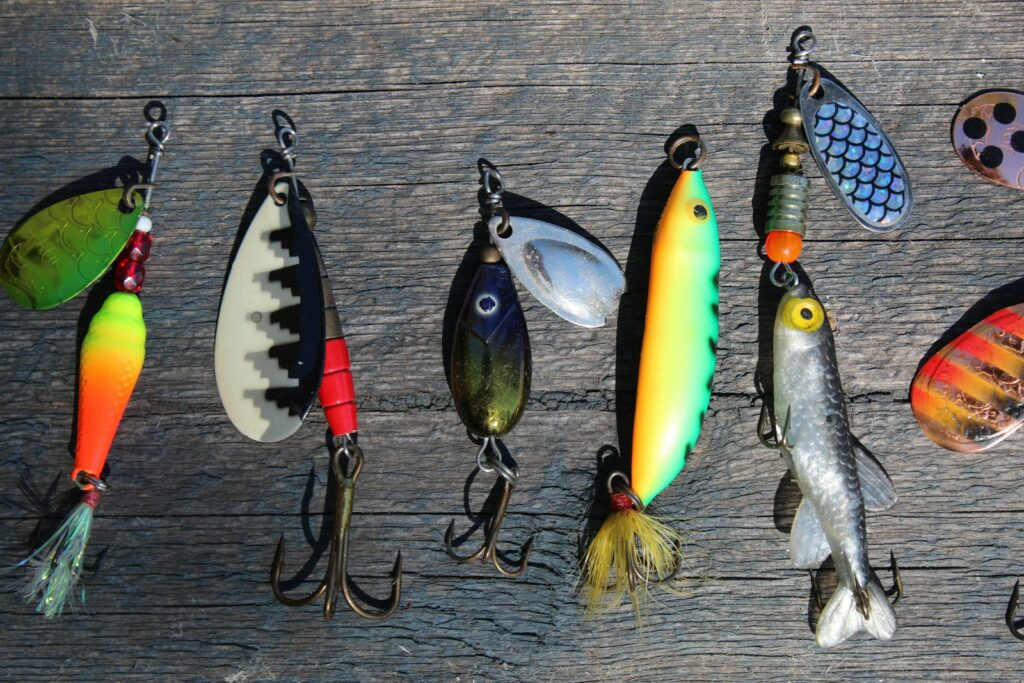
Fresh bait often outperforms artificial options when surf fishing California’s beaches, with sand crabs being the premier natural bait along much of the coast. These small crustaceans are frequently found in the wet sand near the waterline and are irresistible to corbina, perch, and croaker. Berkeley Gulp sandworms, mussels, clams, squid strips, and bloodworms are also proven performers when targeting a variety of species. If you prefer artificial lures, pack a selection of bucktail jigs, Kastmasters, Krocodile spoons, and soft plastic grubs in natural colors that mimic local prey items. Having multiple bait options allows you to adapt to changing conditions and fish preferences throughout your fishing session.
Beach-Specific Gear

Successful surf fishing requires specialized equipment designed for the beach environment. A sturdy sand spike or rod holder is essential for holding your rod while waiting for bites, preventing valuable gear from being pulled into the surf by a striking fish. A fishing cart with large wheels can be invaluable for transporting your equipment across soft sand, especially if you’re bringing multiple rods and a cooler. A lightweight but durable folding chair provides comfort during longer fishing sessions, and a 5-gallon bucket serves multiple purposes as a bait container, catch keeper, or impromptu seat. Consider these beach-specific items as investments that will enhance your comfort and efficiency during countless fishing trips.
Weather Protection Essentials

California beaches can present challenging weather conditions that require proper preparation. A wide-brimmed hat offers crucial protection from the intense sun reflection off both water and sand, while polarized sunglasses reduce glare and allow you to spot fish movement in the surf. High-SPF sunscreen is non-negotiable, as the combination of direct sun exposure and reflection from water can cause severe sunburn even on seemingly mild days. Pack layers of clothing including a light, water-resistant windbreaker, as coastal weather can change rapidly with fog rolling in or temperatures dropping significantly as the sun sets. These protective items ensure your comfort and safety throughout the day, allowing you to focus on fishing rather than fighting the elements.
Tools for Success
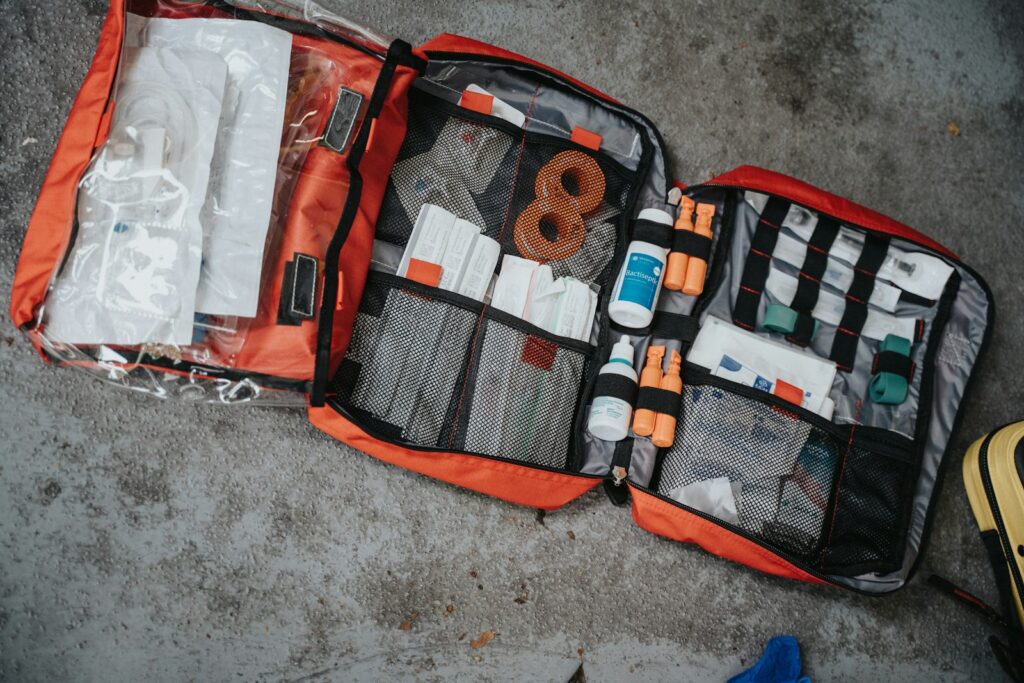
The right tools make surf fishing more efficient and enjoyable while potentially improving your catch rate. A quality pair of needle-nose pliers is essential for hook removal and handling fish safely. A sharp knife serves multiple purposes from cutting bait to preparing fish for transport. Include a measuring tape to verify that your catch meets California’s size regulations, which vary by species and location. A small first aid kit containing bandages, antiseptic wipes, and tweezers can address minor injuries from hooks or fish spines. These basic tools don’t take up much space but prove invaluable when needed during your fishing adventures.
Food and Hydration
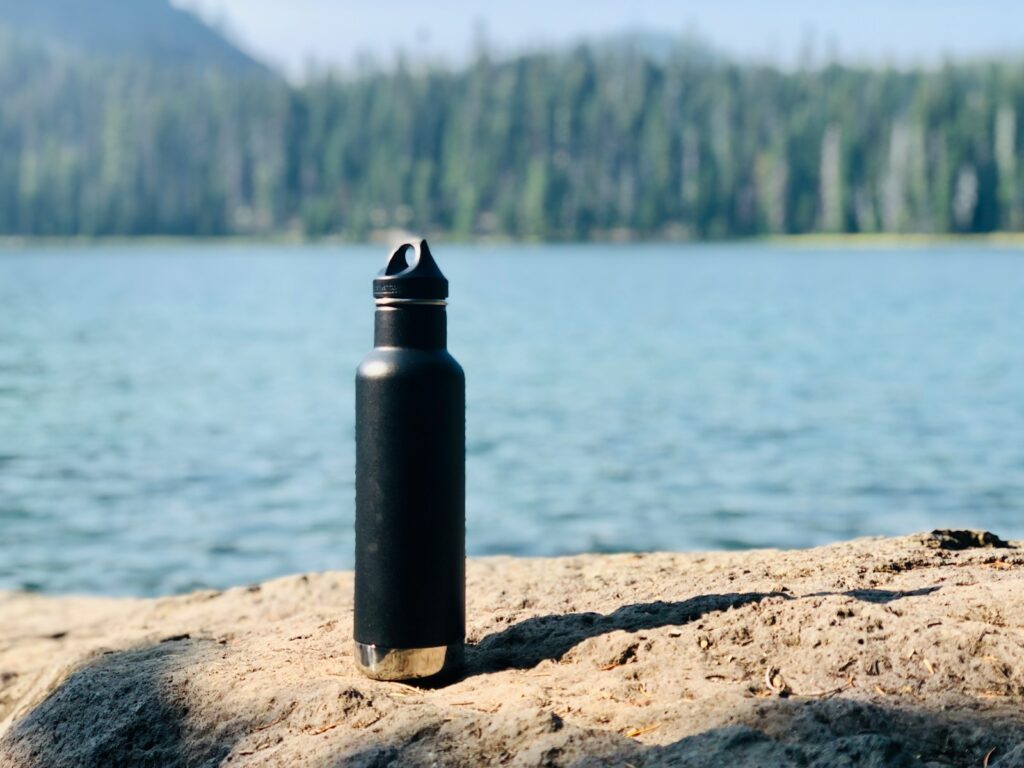
Proper hydration and nutrition are often overlooked aspects of a successful surf fishing trip. Pack at least one gallon of fresh water per person, as the combination of sun, wind, and salt air can lead to rapid dehydration. Energy-dense snacks like trail mix, jerky, and fruit provide sustained energy throughout your fishing session without requiring significant preparation. Consider bringing a small cooler with ice packs to keep beverages and food fresh, especially during warmer months. Staying properly fed and hydrated not only maintains your comfort but also keeps you alert and focused on detecting subtle bites that might otherwise be missed.
Fish Handling and Storage
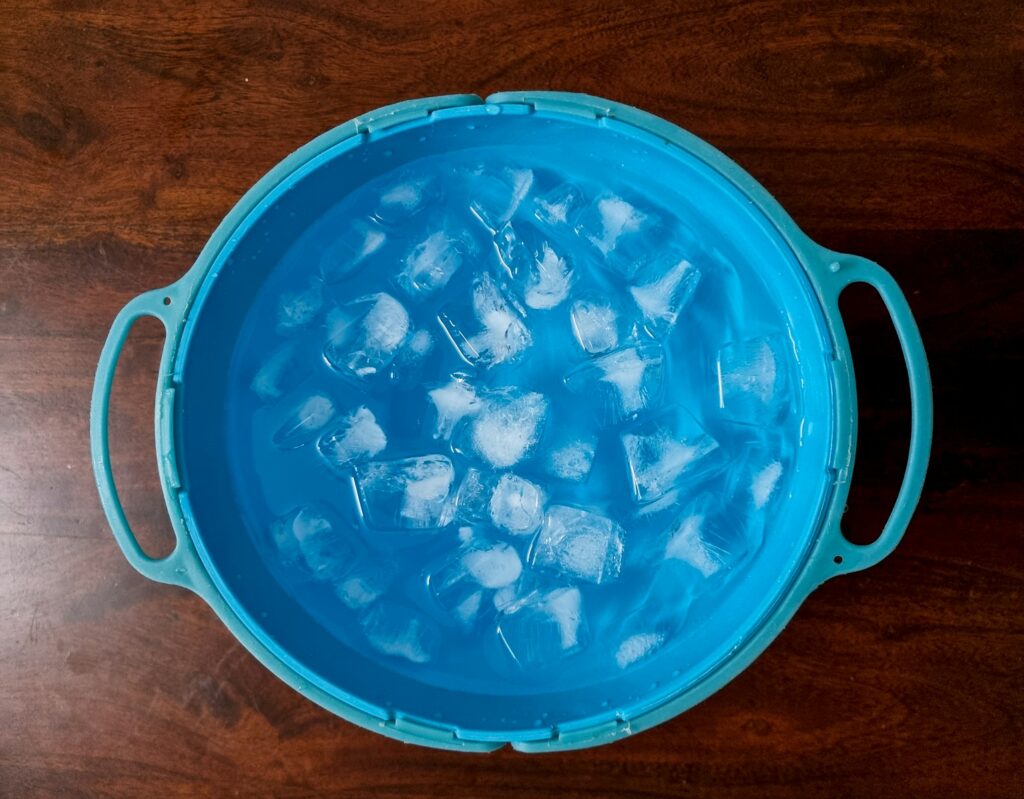
Proper fish handling equipment ensures your catch remains fresh until you get home. A cooler with ice or ice packs is essential for preserving fish quality, particularly during warmer months when spoilage occurs rapidly. Consider bringing a fish stringer if you plan to continue fishing after catching your limit, allowing you to keep fish alive in the surf until you’re ready to leave. A fish bonker (small club) provides a humane way to dispatch fish you intend to keep, while fish grips or a landing net help safely handle larger species. Remember that California has specific regulations regarding fish handling and transportation, so familiarize yourself with current rules before your trip.
Navigation and Safety Items
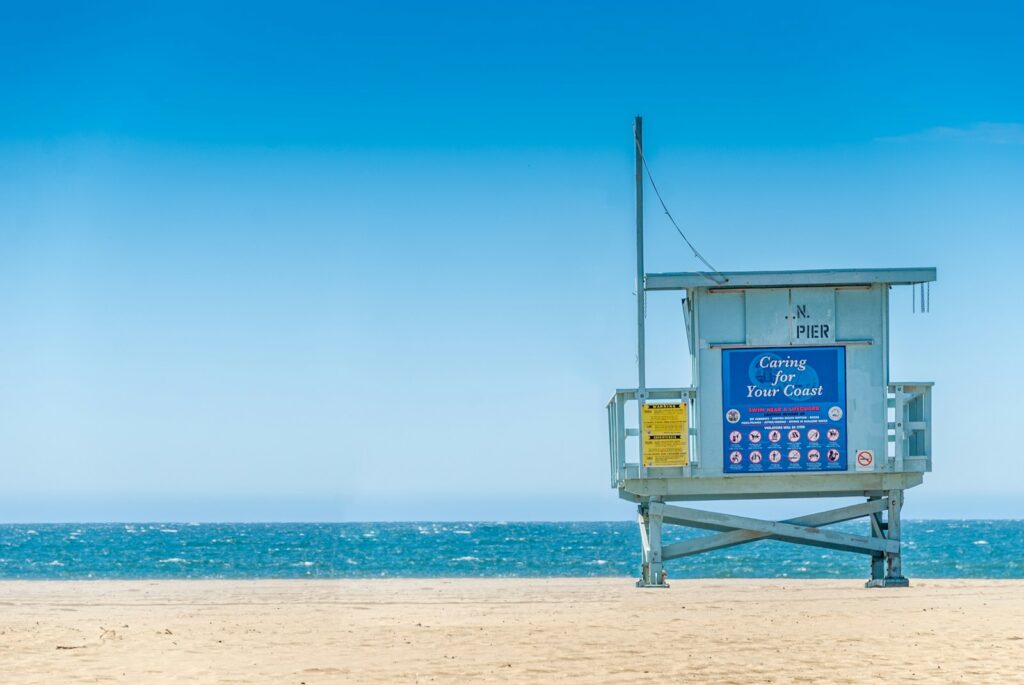
Safety should never be an afterthought when surf fishing California’s dynamic coastline. Carry a fully charged mobile phone in a waterproof case for emergency communications and accessing tide information. A small first aid kit containing bandages, antiseptic wipes, and tweezers addresses minor injuries that can occur while handling hooks or fish. Consider bringing a whistle or air horn for attracting attention in an emergency situation, particularly when fishing on remote beaches.
Always check local marine forecasts before heading out and be aware of potential hazards like sneaker waves, rip currents, and rapidly changing tides that can make certain beaches dangerous during specific conditions.
Documentation and Regulations

Legal compliance is essential when fishing California’s waters, requiring specific documentation and knowledge of current regulations. A valid California fishing license must be carried at all times, with additional stamps or report cards required for certain species. Keep a printed or digital copy of current fishing regulations, as size limits, bag limits, and seasonal restrictions vary by species and location. Some beaches have specific fishing hours or areas where fishing is prohibited, so research your chosen location before arriving. Many anglers find it helpful to keep a small waterproof notebook for recording catches, which can help identify patterns and improve future fishing success while ensuring compliance with catch limits.
Regional Considerations

California’s extensive coastline encompasses diverse environments requiring region-specific preparations. Northern California beaches often demand heavier clothing layers and more substantial tackle due to rougher conditions and larger target species like striped bass and salmon. Central Coast locations like Monterey and Morro Bay may require specialized gear for targeting rockfish and lingcod from shore. Southern California surf fishermen often focus on corbina, croaker, and halibut, utilizing lighter tackle and smaller baits appropriate for these species. Research your specific destination and target species to refine your gear selection, as what works on San Diego’s gentle beaches may be entirely inadequate for the rugged shores of Mendocino County.
Ethical Fishing Practices

Responsible fishing practices ensure California’s beaches remain productive for future generations of anglers. Pack out all trash, including fishing line, which can be particularly hazardous to marine life and shorebirds. Consider bringing a dedicated bag specifically for collecting not only your waste but any other trash you encounter. Use appropriate hook sizes and types to minimize harm to fish you intend to release, and keep fish handling time to a minimum. Learn proper catch-and-release techniques for species you don’t plan to keep, including wetting hands before touching fish and supporting larger fish horizontally to protect internal organs. Following these ethical practices demonstrates respect for both the resource and other beach users while preserving fishing opportunities for the future.
Beach Access and Convenience Items
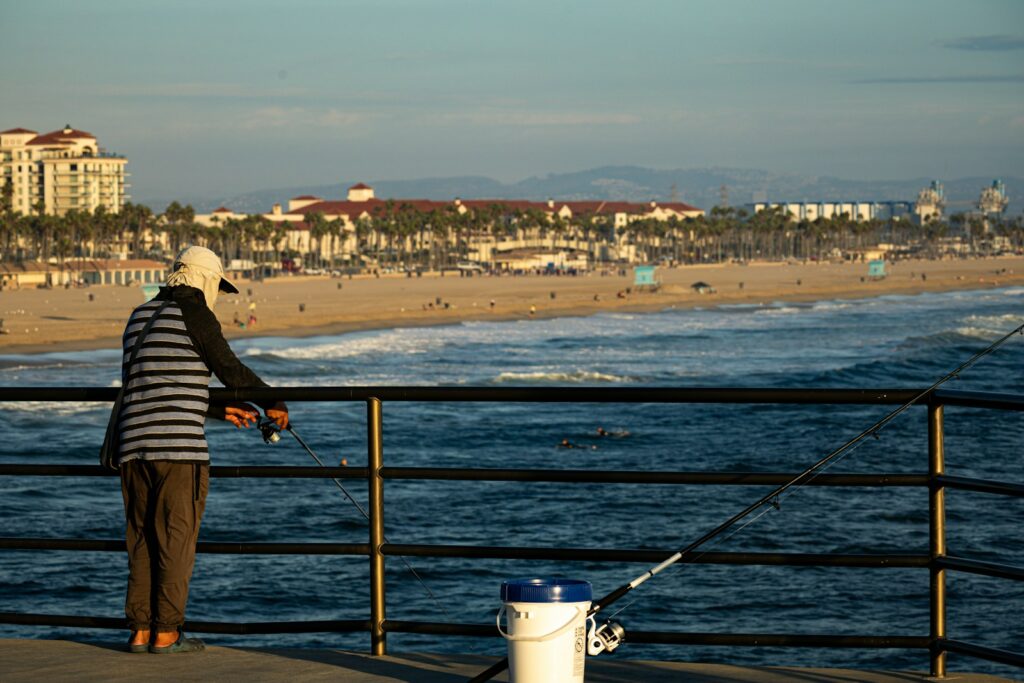
Accessing California beaches with fishing gear can present unique challenges that require thoughtful preparation. A fishing cart with large, wide wheels navigates soft sand more effectively than standard carts, reducing the effort needed to transport equipment. Consider bringing a small tarp or ground cloth to create a clean, sand-free area for organizing tackle and preparing bait.
Beach-specific sand anchors secure umbrellas or shelters against coastal winds, providing shade during extended fishing sessions. Investigate parking options and access points in advance, as some premium fishing locations require lengthy walks from designated parking areas, which may influence the equipment you choose to bring.
Conclusion
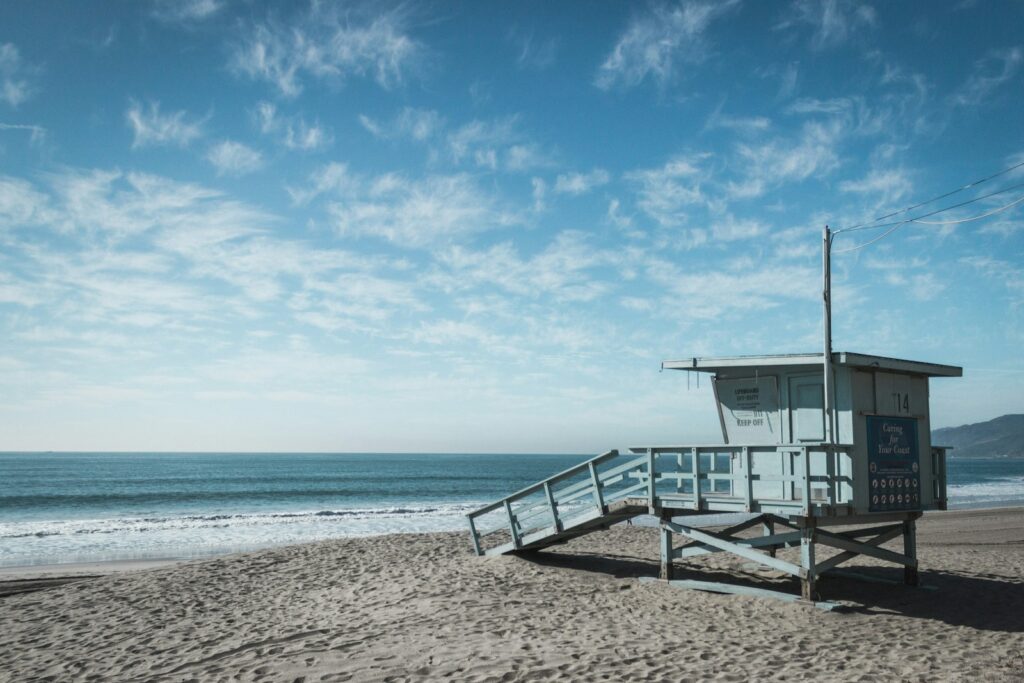
Surf fishing along California’s magnificent coastline offers a perfect blend of sport, relaxation, and connection with nature. Being properly equipped not only increases your chances of catching fish but also enhances safety and comfort throughout your adventure. From the rugged northern beaches to the sunny southern shores, each location presents unique opportunities and challenges that the prepared angler can successfully navigate.
By assembling the right combination of fishing tackle, protective gear, and safety items, you’ll be ready to experience the timeless pleasure of harvesting dinner from the dynamic edge where land meets sea. California’s beaches await – grab your gear and discover the remarkable world of surf fishing in the Golden State.
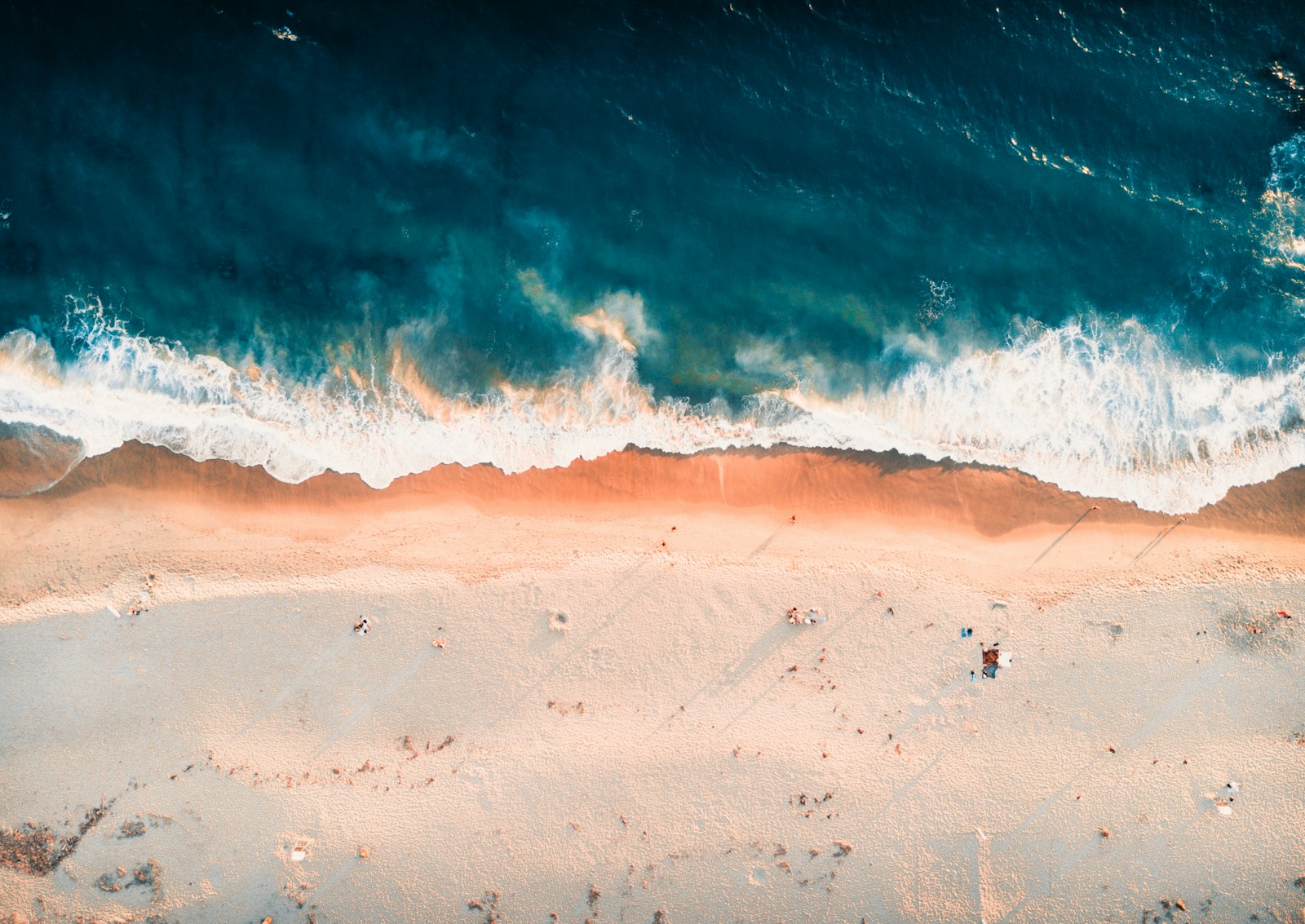
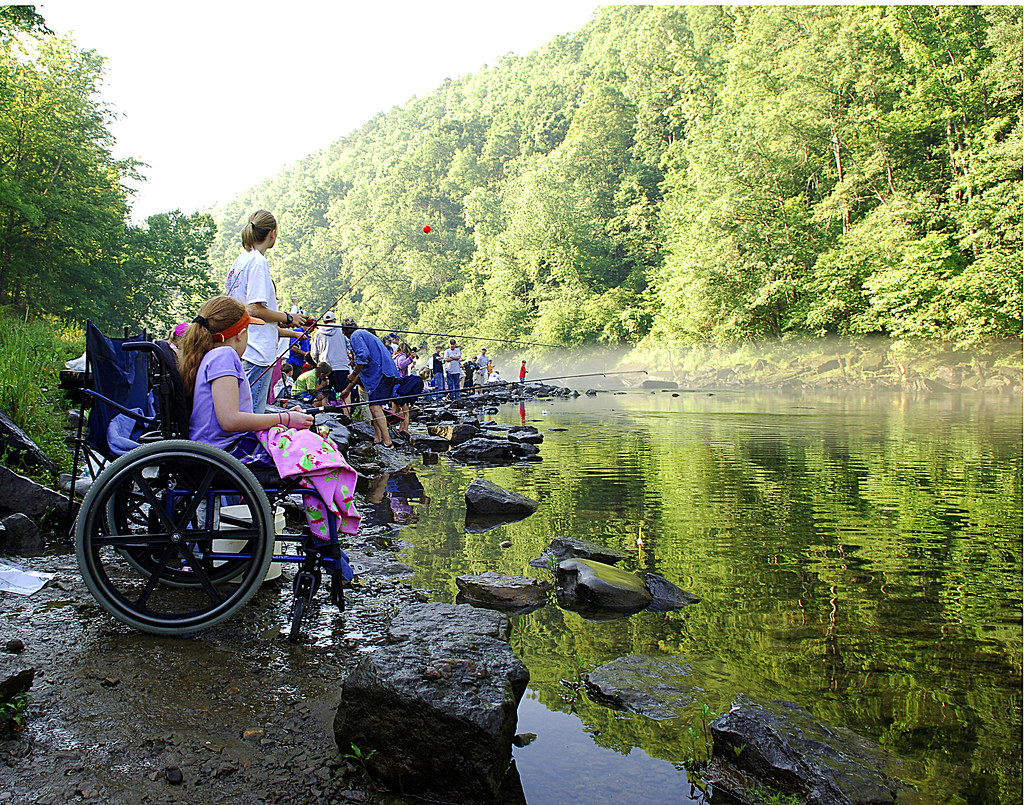
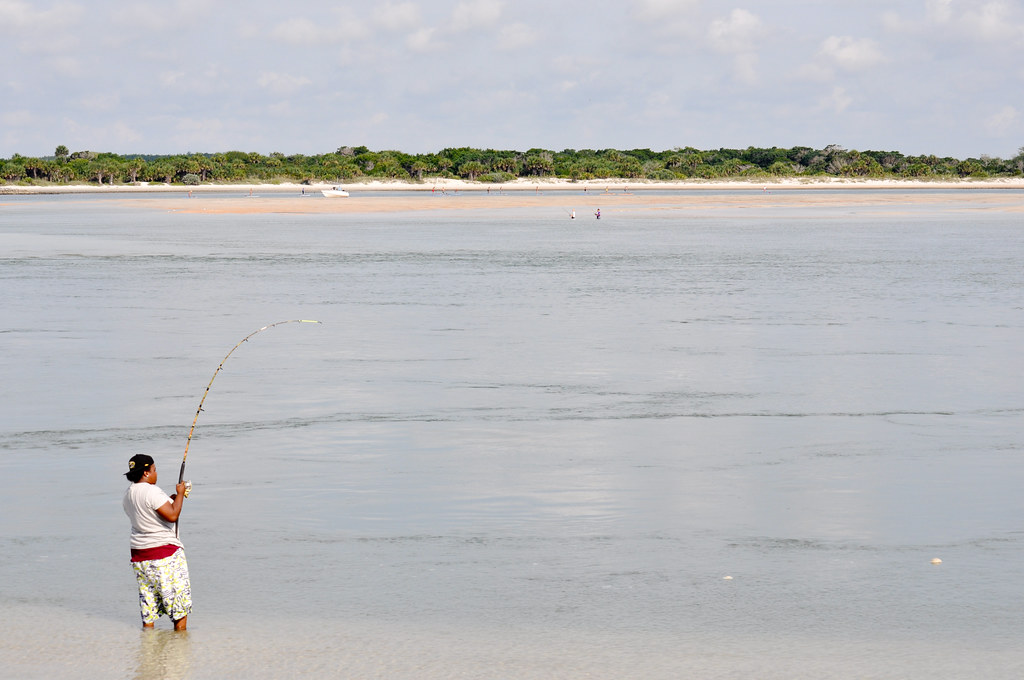











Post Comment